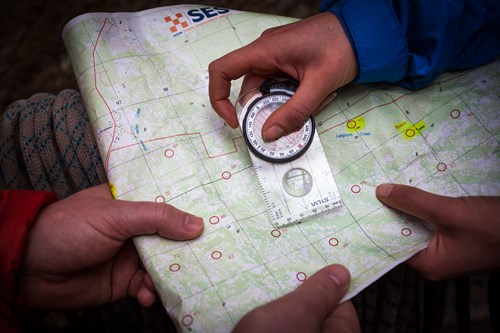In an age of technology and sophisticated tracking devices, navigation (map and compass) remains an import skill for bush search and rescue. This weekend, more than 150 teams representing NSW, ACT and Victorian emergency services will compete in NavShield – one of Australia’s most challenging bush navigation events.
NavShield is an annual event organised by the NSW SES Bush Search and Rescue Unit (BSAR). Now in its 31st year NavShield tests competitors’ skills, teamwork and stamina. Teams can compete in one day or overnight exercises and are equipped with maps and compasses. The winning team is the one who reaches the most check points in the shortest time.
“NavShield is Australia’s premier bush search and rescue training exercises. It brings together 500 emergency services members from around the country to refine important bush navigation skills and improve operational readiness,” says NSW SES Commissioner Kyle Stewart.
NSW SES has been involved in 450 search and rescue incidents since the beginning of this year including seven searches members (1135 volunteer hours) of the NSW SES Bush Search and Rescue have been activated to participate in.
“The NSW SES Bush Search and Rescue members have specialist search and rescue skills. They are a significant and valued part of to the NSW SES search capability,” says Commissioner Stewart.
NavShield 2019 is set in the Kanangra-³Ô¹ÏÍøÕ¾ Park, just 180km south west of Sydney. Check-points are placed across a 80 square kilometre course. NSW SES BSAR (formerly Bush Search and Rescue NSW) is the oldest land search and rescue unit in Australia.
“NavShield improves NSW SES capability through teamwork, fitness and confidence and more importantly and chance for other emergency volunteers to develop closer working relationships,” says event coordinator Glenn Horrocks.





